Analysis of Nonlinear Convection–Radiation in Chemically Reactive Oldroyd-B Nanoliquid Configured by a Stretching Surface with Robin Conditions: Applications in Nano-Coating Manufacturing
Abstract
1. Introduction
2. Mathematical Model
3. Analytical Solution Procedure
4. Convergence Analysis
5. Comparison of HAM Results
6. Results and Discussions
6.1. Velocity Profile
6.2. Temperature Profile
6.3. Concentration Profile
7. Closing Remarks
- Influences of fluid relaxation and retardation time parameters are qualitatively opposite for the velocity profile of the Oldroyd-B nanoliquid (coating).
- Increments in the mixed convection parameter improves the velocity profile.
- Temperature and nanoparticle concentrations show an increasing trend for higher values of the thermophoresis parameter.
- A rise in the temperature ratio parameter leads to higher temperature magnitudes.
- Stronger values of thermal and solutal Biot numbers cause an augmentation in fluid temperature and the concentration of nanoparticles.
- An enhancement in Brownian motion transfers kinetic energy to heat energy, which increases the temperature of the nanofluid and elevates the thickness of the thermal boundary layer.
- The current Oldroyd-B viscoelastic nanofluid model reduces to the classical viscous fluid case when . Important thermal, hydrodynamic and species transport characteristics can be captured with the Oldroyd-B viscoelastic formulation presented, which are not possible with classical Newtonian or simpler non-Newtonian models. The results presented are more realistic for actual nano-polymeric coating processes in robotics, sensor and micromachine surface deposition technologies.
Author Contributions
Funding
Data Availability Statement
Acknowledgments
Conflicts of Interest
Nomenclature
| Nonlinear thermal convection parameter | Brownian diffusion coefficient () | ||
| Thermophoretic diffusion coefficient () | Velocity components () | ||
| Temperature ratio parameter | Heated fluid (concentration, temperature) | ||
| Nonlinear concentration convection parameter | Thermal Biot number | ||
| Fluid temperature () | Local Reynolds number | ||
| Prandtl number | Dimensionless temperature | ||
| Radiation parameter | Volume fraction of nanoparticles | ||
| Ratio of rates | Density of base fluid () | ||
| Ambient fluid concentration | Buoyancy ratio parameter | ||
| Ambient fluid temperature () | Dimensionless velocity | ||
| Local Nusselt number | Thermophoresis parameter | ||
| Brownian motion parameter | Solutal Biot number | ||
| Similarity variable | Coordinate axes (m) |
References
- Sakiadis, B.C. Boundary-layer behavior on continuous solid surfaces: I. Boundary-layer equations for two-dimensional and axisymmetric flow. AIChE J. 1961, 7, 26–28. [Google Scholar] [CrossRef]
- Crane, L.J. Flow past a stretching plate. Z. Für Angew. Math. Phys. ZAMP 1970, 21, 645–647. [Google Scholar] [CrossRef]
- Govindaraj, N.; Singh, A.K.; Roy, S.; Shukla, P. Analysis of a boundary layer flow over moving an exponentially stretching surface with variable viscosity and Prandtl number. Heat Transf. Asian Res. 2019, 48, 2736–2751. [Google Scholar] [CrossRef]
- Ibrahim, W.; Gadisa, G. Nonlinear convective boundary layer flow of micropolar-couple stress nanofluids past permeable stretching sheet using Cattaneo-Christov heat and mass flux model. Heat Transf. 2020, 49, 2521–2550. [Google Scholar] [CrossRef]
- Rajput, G.R.; Jadhav, B.P.; Salunkhe, S.N. Magnetohydrodynamics boundary layer flow and heat transfer in porous medium past an exponentially stretching sheet under the influence of radiation. Heat Transf. 2020, 49, 2906–2920. [Google Scholar] [CrossRef]
- Eldabe, N.T.; Gabr, M.E.; Zaher, A.Z.; Zaher, S.A. The effect of Joule heating and viscous dissipation on the boundary layer flow of a magnetohydrodynamics micropolar-nanofluid over a stretching vertical Riga plate. Heat Transf. 2021, 50, 4788–4805. [Google Scholar] [CrossRef]
- Dawar, A.; Shah, Z.; Tassaddiq, A.; Islam, S.; Kumam, P. Joule heating in magnetohydrodynamic micropolar boundary layer flow past a stretching sheet with chemical reaction and microstructural slip. Case Stud. Therm. Eng. 2021, 25, 100870. [Google Scholar] [CrossRef]
- Nadeem, S.; Fuzhang, W.; Alharbi, F.M.; Sajid, F.; Abbas, N.; El-Shafay, A.S.; Al-Mubaddel, F.S. Numerical computations for Buongiorno nano fluid model on the boundary layer flow of viscoelastic fluid towards a nonlinear stretching sheet. Alex. Eng. J. 2022, 61, 1769–1778. [Google Scholar] [CrossRef]
- Nasir, M.; Waqas, M.; Bég, O.A.; Zamri, N.; Leonard, H.J.; Guedri, K. Dynamics of tangent-hyperbolic nanoliquids configured by stratified extending surface: Effects of transpiration, Robin conditions and dual stratifications. Int. Commun. Heat Mass Transf. 2022, 139, 106372. [Google Scholar] [CrossRef]
- Waqas, M.; Sadiq, M.A.; Bahaidarah, H.M.S. Gyrotactic bioconvection stratified flow of magnetized micropolar nanoliquid configured by stretchable radiating surface with Joule heating and viscous dissipation. Int. Commun. Heat Mass Transf. 2022, 138, 106229. [Google Scholar] [CrossRef]
- Nasir, M.; Waqas, M.; Zamri, N.; Guedri, K.; Galal, A.M. Modeling and analytical analysis of dual diffusive Williamson nanoliquid considering generalized heat-mass concepts. Int. J. Mod. Phys. B 2022. [Google Scholar] [CrossRef]
- Waqas, M.; Khan, W.A.; Pasha, A.A.; Islam, N.; Rahman, M.M. Dynamics of bioconvective Casson nanoliquid from a moving surface capturing gyrotactic microorganisms, magnetohydrodynamics and stratifications. Therm. Sci. Eng. Prog. 2022, 36, 101492. [Google Scholar] [CrossRef]
- Nasir, M.; Waqas, M.; Zamri, N.; Jameel, M.; Guedri, K.; Galal, A.M. Rheology of tangent-hyperbolic (T-H) nanoliquid configured by stretchable stratified surface considering transpiration effects. Int. J. Mod. Phys. B 2022. [Google Scholar] [CrossRef]
- Sehar, B.; Waris, A.; Gilani, S.O.; Ansari, U.; Mushtaq, S.; Khan, N.B.; Jameel, M.; Khan, M.I.; Bafakeeh, O.T.; Tag-ElDin, E.S.M. The Impact of Laminations on the Mechanical Strength of Carbon-Fiber Composites for Prosthetic Foot Fabrication. Crystals 2022, 12, 1429. [Google Scholar] [CrossRef]
- Nasir, M.; Waqas, M.; Kausar, M.S.; Bég, O.A.; Zamri, N. Cattaneo-Christov dual diffusive non-Newtonian nanoliquid flow featuring nonlinear convection. Chin. J. Phys. 2022. [Google Scholar] [CrossRef]
- Abbasi, A.; Farooq, W.; Tag-ElDin, E.S.M.; Khan, S.U.; Khan, M.I.; Guedri, K.; Elattar, S.; Waqas, M.; Galal, A.M. Heat transport exploration for hybrid nanoparticle (Cu, Fe3O4)—Based blood flow via tapered complex wavy curved channel with slip features. Micromachines 2022, 13, 1415. [Google Scholar] [CrossRef]
- Waqas, H.; Oreijah, M.; Guedri, K.; Khan, S.U.; Yang, S.; Yasmin, S.; Khan, M.L.; Bafakeeh, O.T.; Tag-ElDin, E.S.M.; Galal, A.M. Gyrotactic motile microorganisms impact on pseudoplastic nanofluid flow over a moving Riga surface with exponential heat flux. Crystals 2022, 12, 1308. [Google Scholar] [CrossRef]
- Ahmed, M.F.; Zaib, A.; Ali, F.; Bafakeeh, O.T.; Tag-ElDin, E.S.M.; Guedri, K.; Elattar, S.; Khan, M.I. Numerical Computation for Gyrotactic Microorganisms in MHD Radiative Eyring—Powell Nanomaterial Flow by a Static/Moving Wedge with Darcy–Forchheimer Relation. Micromachines 2022, 13, 1768. [Google Scholar] [CrossRef]
- Zahoor Raja, M.A.; Shoaib, M.; Tabassum, R.; Khan, M.I.; Jagannatha, C.G.; Gali, C. Performance analysis of backpropagated networks for entropy optimized mixed convection nanofluid with second-order slip over a stretching surface. Waves Random Complex Media 2022, 1–23. [Google Scholar] [CrossRef]
- Chu, Y.M.; Khan, M.I.; Abbas, T.; Sidi, M.O.; Alharbi, K.A.M.; Alqsair, U.F.; Khan, S.U.; Khan, M.L.; Malik, M.Y. Radiative thermal analysis for four types of hybrid nanoparticles subject to non-uniform heat source: Keller box numerical approach. Case Stud. Therm. Eng. 2022, 40, 102474. [Google Scholar] [CrossRef]
- Gendy, M.E.; Bég, O.A.; Kadir, A.; Islam, M.N.; Tripathi, D. Computational fluid dynamics simulation and visualization of Newtonian and non-Newtonian transport in a peristaltic micro-pump. J. Mech. Med. Biol. 2021, 21, 2150058. [Google Scholar] [CrossRef]
- Trujillo-de Santiago, G.; Rojas-de Gante, C.; Garcıa-Lara, S.; Ballescá-Estrada, A.; Alvarez, M.M. Studying Mixing in Non-Newtonian Blue Maize Flour Suspensions Using Color Analysis. PLoS ONE 2014, 9, e112954. [Google Scholar] [CrossRef] [PubMed]
- Maingonnat, J.F.; Doublier, J.L.; Lefebvre, J.; Delaplace, G. Power consumption of a double ribbon impeller with newtonian and shear thinning fluids and during the gelation of a iota-carrageenan solution. J. Food Eng. 2008, 87, 82–90. [Google Scholar] [CrossRef]
- Syrjälä, S. Finite-element analysis of fully developed laminar flow of power-law non-Newtonian fluid in a rectangular duct. Int. Commun. Heat Mass Transf. 1995, 22, 549–557. [Google Scholar] [CrossRef]
- Siginer, D.A.; Letelier, M.F. Heat transfer asymptote in laminar flow of non-linear viscoelastic fluids in straight non-circular tubes. Int. J. Eng. Sci. 2010, 48, 1544–1562. [Google Scholar] [CrossRef]
- Akbar, N.S.; Tripathi, D.; Bég, O.A.; Khan, Z.H. MHD dissipative flow and heat transfer of Casson fluids due to metachronal wave propulsion of beating cilia with thermal and velocity slip effects under an oblique magnetic field. Acta Astronaut. 2016, 128, 1–12. [Google Scholar] [CrossRef]
- Hafeez, A.; Khan, M.; Ahmed, A.; Ahmed, J. Rotational flow of Oldroyd-B nanofluid subject to Cattaneo-Christov double diffusion theory. Appl. Math. Mech. 2020, 41, 1083–1094. [Google Scholar] [CrossRef]
- Rana, S.; Mehmood, R.; Bhatti, M.M. Bioconvection oblique motion of magnetized Oldroyd-B fluid through an elastic surface with suction/injection. Chin. J. Phys. 2021, 73, 314–330. [Google Scholar] [CrossRef]
- Khan, S.U.; Al-Khaled, K.; Bhatti, M.M. Bioconvection analysis for flow of Oldroyd-B nanofluid configured by a convectively heated surface with partial slip effects. Surf. Interfaces 2021, 23, 100982. [Google Scholar] [CrossRef]
- Ali, B.; Hussain, S.; Nie, Y.; Hussein, A.K.; Habib, D. Finite element investigation of Dufour and Soret impacts on MHD rotating flow of Oldroyd-B nanofluid over a stretching sheet with double diffusion Cattaneo Christov heat flux model. Powder Technol. 2021, 377, 439–452. [Google Scholar] [CrossRef]
- Irfan, M.; Aftab, R.; Khan, M. Thermal performance of Joule heating in Oldroyd-B nanomaterials considering thermal-solutal convective conditions. Chin. J. Phys. 2021, 71, 444–457. [Google Scholar] [CrossRef]
- Yasir, M.; Ahmed, A.; Khan, M.; Alzahrani, A.K.; Malik, Z.U.; Alshehri, A.M. Mathematical modelling of unsteady Oldroyd-B fluid flow due to stretchable cylindrical surface with energy transport. Ain Shams Eng. J. 2022, 14, 101825. [Google Scholar] [CrossRef]
- Abbas, S.Z.; Khan, W.A.; Waqas, M.; Irfan, M.; Asghar, Z. Exploring the features for flow of Oldroyd-B liquid film subjected to rotating disk with homogeneous/heterogeneous processes. Comput. Methods Programs Biomed. 2020, 189, 105323. [Google Scholar] [CrossRef]
- Waqas, M.; Hayat, T.; Alsaedi, A.; Khan, W.A. Analytical evaluation of Oldroyd-B nanoliquid under thermo-solutal Robin conditions and stratifications. Comput. Methods Programs Biomed. 2020, 196, 105474. [Google Scholar] [CrossRef]
- Gkormpatsis, S.D.; Housiadas, K.D.; Beris, A.N. Steady sphere translation in weakly viscoelastic UCM/Oldroyd-B fluids with perfect slip on the sphere. Eur. J. Mech. B/Fluids 2022, 95, 335–346. [Google Scholar] [CrossRef]
- Cui, J.; Munir, S.; Raies, S.F.; Farooq, U.; Razzaq, R. Non-similar aspects of heat generation in bioconvection from flat surface subjected to chemically reactive stagnation point flow of Oldroyd-B fluid. Alex. Eng. J. 2022, 61, 5397–5411. [Google Scholar] [CrossRef]
- Saha, S.; Kundu, B. Electroosmotic pressure-driven oscillatory flow and mass transport of Oldroyd-B fluid under high zeta potential and slippage conditions in microchannels. Colloids Surf. A Physicochem. Eng. Asp. 2022, 647, 129070. [Google Scholar] [CrossRef]
- Nasir, M.; Waqas, M.; Bég, O.A.; Basha, D.B.; Zamri, N.; Leonard, H.J.; Khan, I. Chemically reactive Maxwell nanoliquid flow by a stretching surface in the frames of Newtonian heating, nonlinear convection and radiative flux: Nanopolymer flow processing simulation. Nanotechnol. Rev. 2022, 11, 1291–1306. [Google Scholar] [CrossRef]
- Asghar, Z.; Ali, N.; Javid, K.; Waqas, M.; Dogonchi, A.S.; Khan, W.A. Bio-inspired propulsion of micro-swimmers within a passive cervix filled with couple stress mucus. Comput. Methods Programs Biomed. 2020, 189, 105313. [Google Scholar] [CrossRef]
- Asghar, Z.; Shah, R.A.; Pasha, A.A.; Rahman, M.M.; Khan, M.W.S. Controlling kinetics of self-propelled rod-like swimmers near multi sinusoidal substrate, Controlling kinetics of self-propelled rod-like swimmers near multi sinusoidal substrate. Comput. Biol. Med. 2022, 151, 106250. [Google Scholar] [CrossRef]
- Guedri, K.; Lashin, M.M.A.; Abbasi, A.; Khan, S.U.; Tag-ElDin, E.S.M.; Khan, M.I.; Khalil, F.; Galal, A.M. Modeling and mathematical investigation of blood-based flow of compressible rate type fluid with compressibility effects in a microchannel. Micromachines 2022, 13, 1750. [Google Scholar] [CrossRef] [PubMed]
- Asghar, Z.; Shah, R.A.; Shatanawi, W.; Ali, N. FENE-P fluid flow generated by self-propelling bacteria with slip effects. Comput. Biol. Med. 2022. [Google Scholar] [CrossRef]
- Dogonchi, A.S.; Waqas, M.; Afshar, S.R.; Seyyedi, S.M.; Tilehnoee, M.H.; Chamkha, A.J.; Ganji, D.D. Investigation of magneto-hydrodynamic fluid squeezed between two parallel disks by considering Joule heating, thermal radiation, and adding different nanoparticles. Int. J. Numer. Methods Heat Fluid Flow 2020, 30, 659–680. [Google Scholar] [CrossRef]
- Dogonchi, A.S.; Mishra, S.R.; Chamkha, A.J.; Ghodrat, M.; Elmasry, Y.; Alhumade, H. Thermal and entropy analyses on buoyancy-driven flow of nanofluid inside a porous enclosure with two square cylinders: Finite element method. Case Stud. Therm. Eng. 2021, 27, 101298. [Google Scholar] [CrossRef]
- Asghar, Z.; Waqas, M.; Gondal, M.A.; Khan, W.A. Electro-osmotically driven generalized Newtonian blood flow in a divergent micro-channel. Alex. Eng. J. 2022, 61, 4519–4528. [Google Scholar] [CrossRef]
- Shahid, M.; Javed, H.M.A.; Ahmad, M.I.; Qureshi, A.A.; Khan, M.I.; Alnuwaiser, M.A.; Ahmed, A.; Khan, M.A.; Tag-ElDin, E.S.M.; Shahid, A.; et al. A Brief Assessment on Recent Developments in Efficient Electrocatalytic Nitrogen Reduction with 2D Non-Metallic Nanomaterials. Nanomaterials 2022, 12, 3413. [Google Scholar] [CrossRef]
- Mamatha, S.U.; Devi, R.L.V.R.; Ahammad, N.A.; Shah, N.A.; Rao, B.M.; Raju, C.S.K.; Khan, M.I.; Guedri, K. Multi-linear regression of triple diffusive convectively heated boundary layer flow with suction and injection: Lie group transformations. Int. J. Mod. Phys. B 2022, in press. [Google Scholar] [CrossRef]
- Liao, S. Beyond Perturbation: Introduction to the Homotopy Analysis Method; Chapman and Hall/CRC: London, UK, 2003. [Google Scholar] [CrossRef]
- Abbasi, F.M.; Mustafa, M.; Shehzad, S.A.; Alhuthali, M.S.; Hayat, T. Analytical study of Cattaneo–Christov heat flux model for a boundary layer flow of Oldroyd-B fluid. Chin. Phys. B 2015, 25, 014701. [Google Scholar] [CrossRef]
- Khan, M.; Yasir, M.; Alshomrani, A.S.; Sivasankaran, S.; Aladwani, Y.R.; Ahmed, A. Variable heat source in stagnation-point unsteady flow of magnetized Oldroyd-B fluid with cubic autocatalysis chemical reaction. Ain Shams Eng. J. 2022, 13, 101610. [Google Scholar] [CrossRef]
- Haupt, K.; Mosbach, K. Molecularly imprinted polymers and their use in biomimetic sensors. Chem. Rev. 2000, 100, 2495–2504. [Google Scholar] [CrossRef]
- Stolov, A.A.; Wrubel, J.A.; Simoff, D.A. Thermal stability of specialty optical fiber coatings. J. Therm. Anal. Calorim. 2016, 124, 1411–1423. [Google Scholar] [CrossRef]
- Rivero, P.J.; Goicoechea, J.; Arregui, F.J. Optical fiber sensors based on polymeric sensitive coatings. Polymers 2018, 10, 280. [Google Scholar] [CrossRef]
- Sivaraman, K.M.; Chatzipirpiridis, G.; Becsek, B.; Lühmann, T.; Ergeneman, O.; Nelson, B.J.; Pané, S. Functional polypyrrole coatings for wirelessly controlled magnetic microrobots. In Proceedings of the 2013 IEEE Point-of-Care Healthcare Technologies (PHT), Bangalore, India, 16–18 January 2013; pp. 22–25. [Google Scholar]
- Yang, J.; Yang, H.; Ye, C.; Li, T.; Chen, G.; Qiu, Y. Conformal surface-nanocoating strategy to boost high-performance film cathodes for flexible zinc-ion batteries as an amphibious soft robot. Energy Storage Mater. 2022, 46, 472–481. [Google Scholar] [CrossRef]
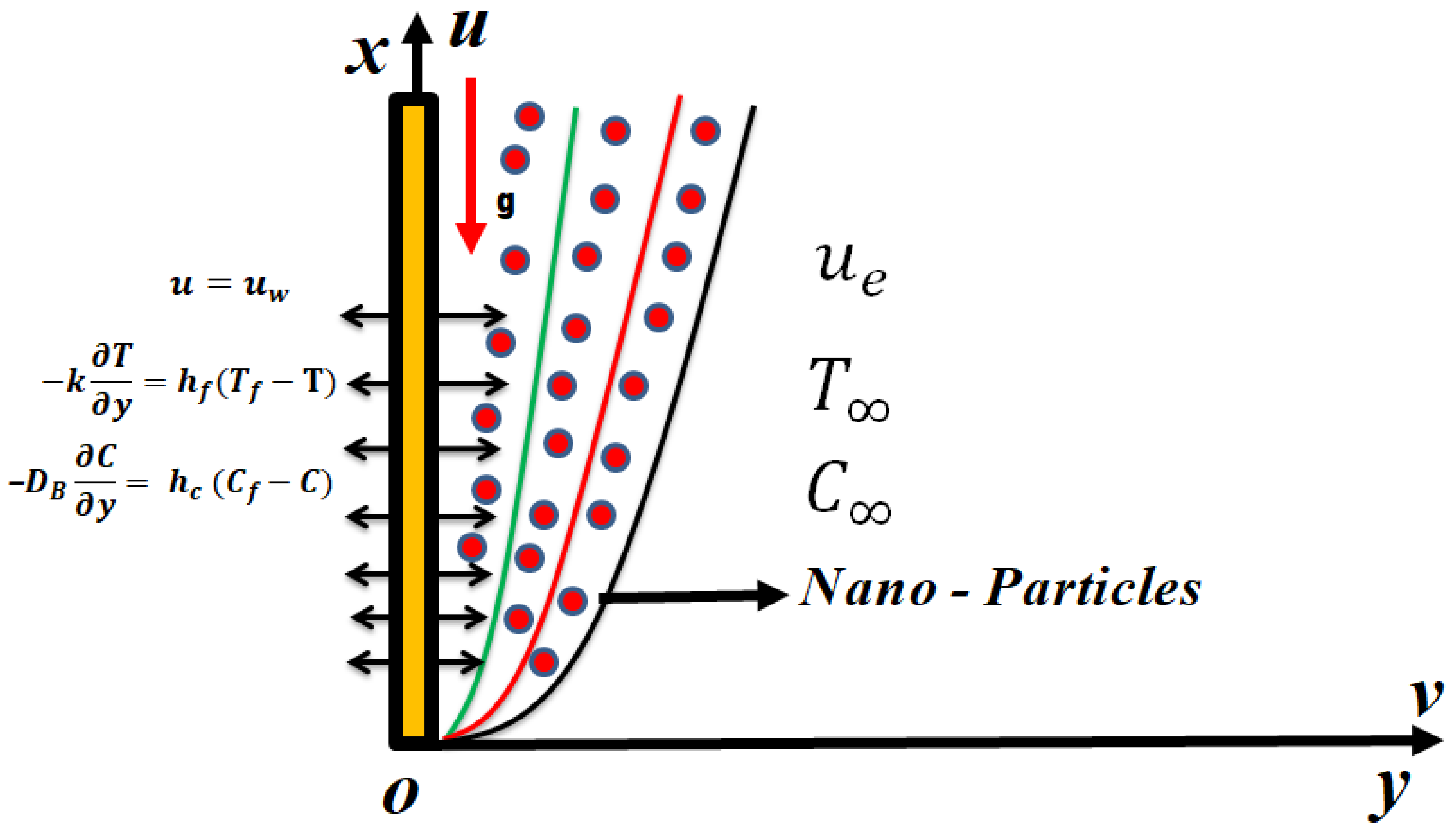

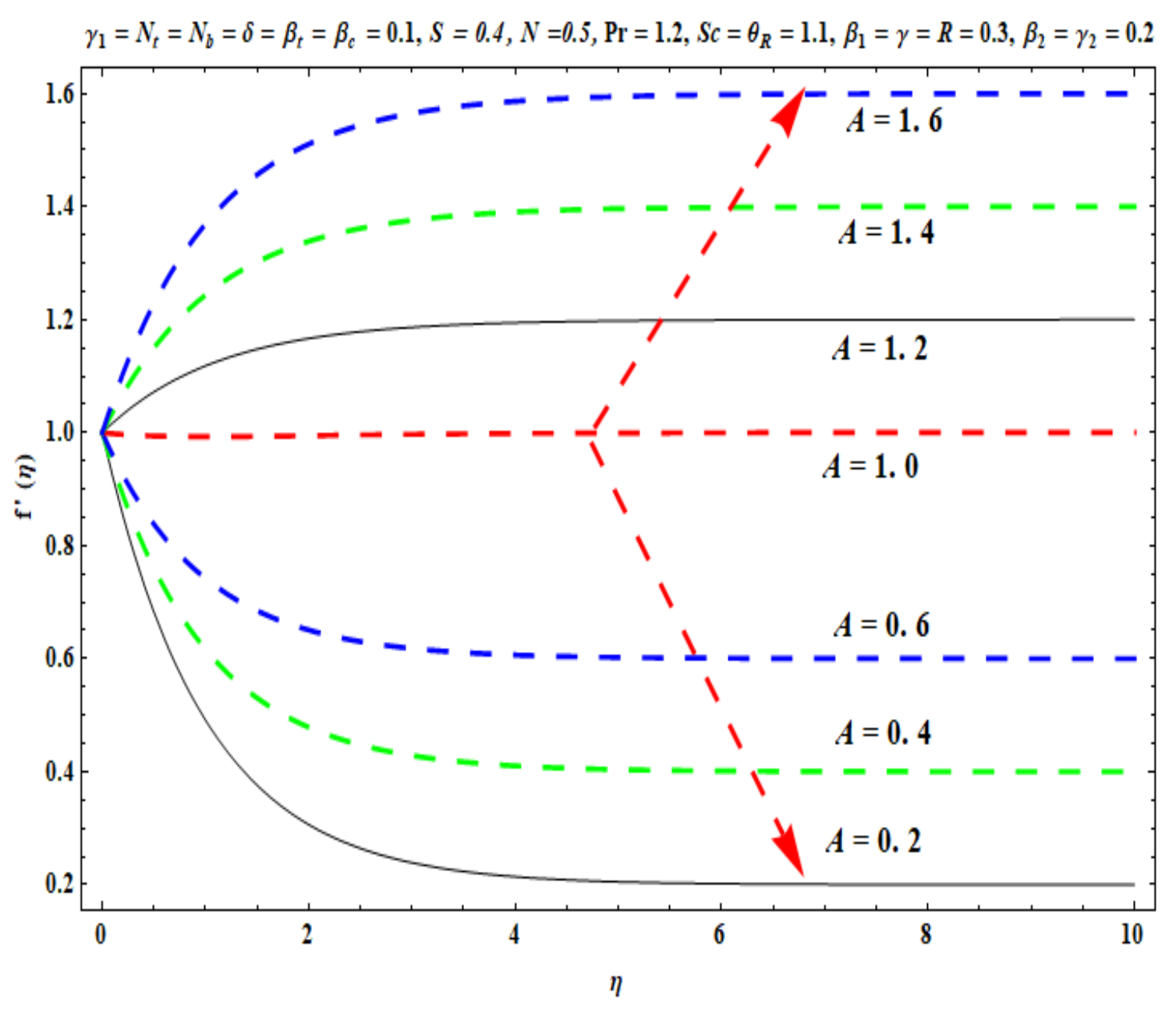
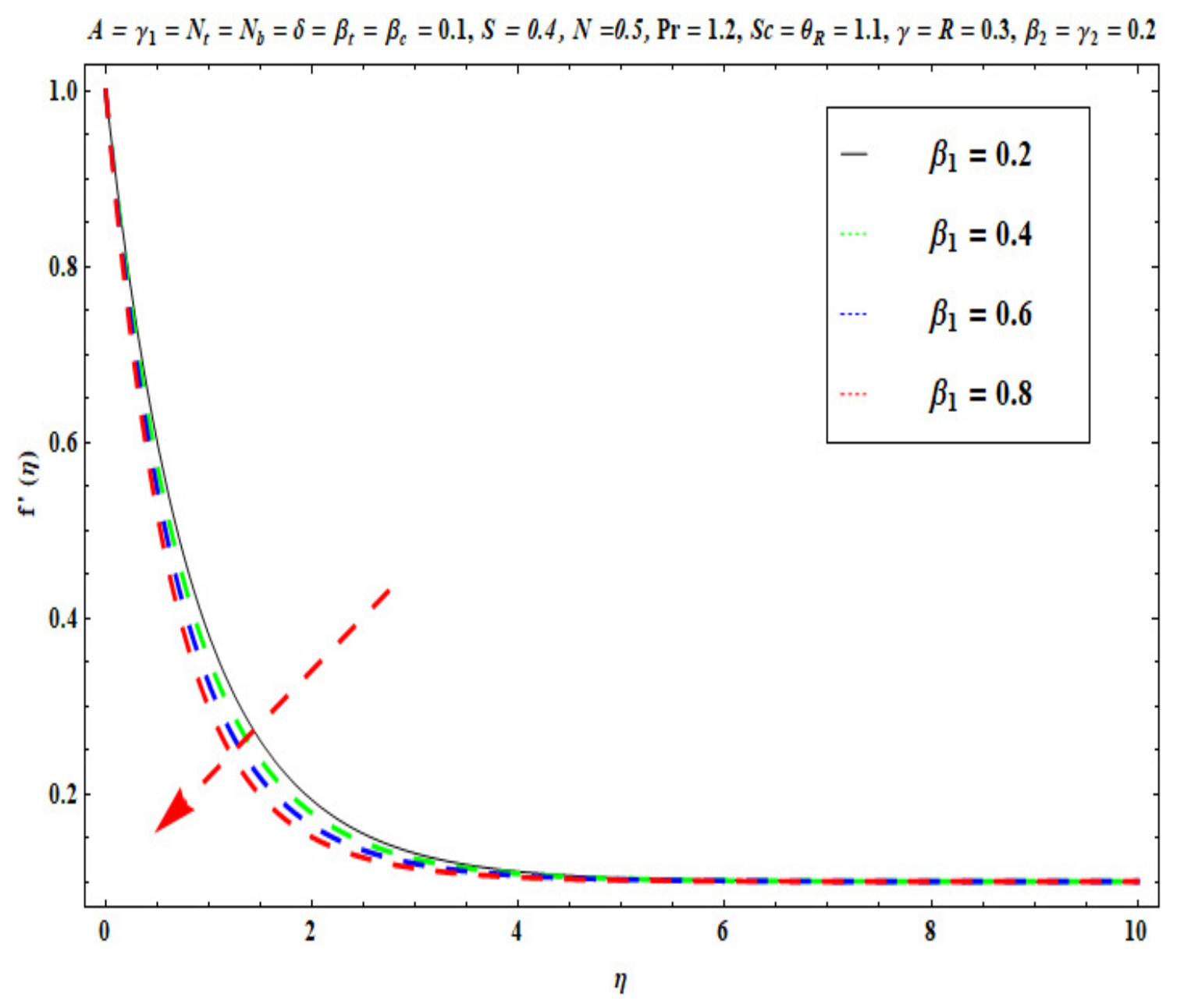
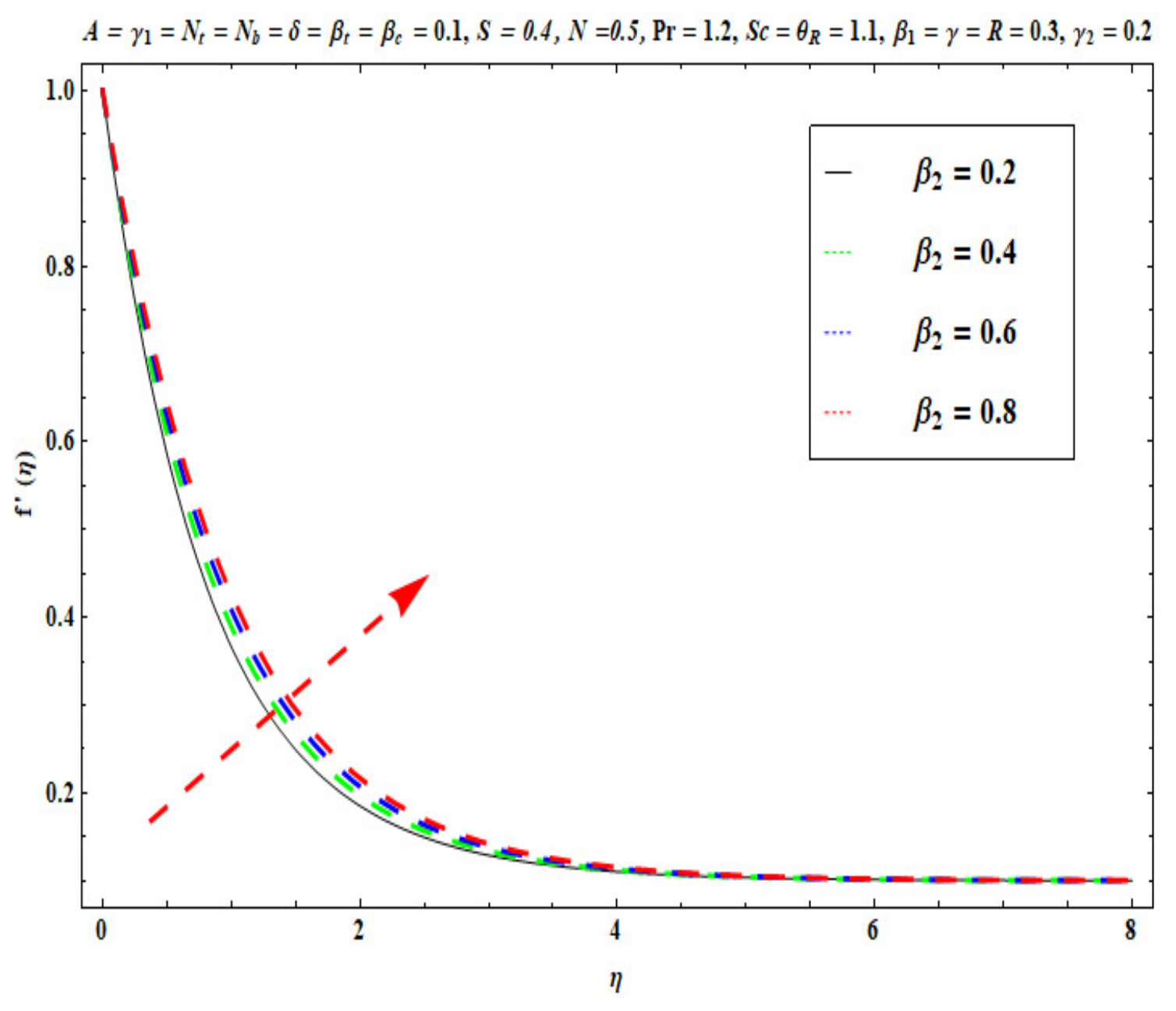
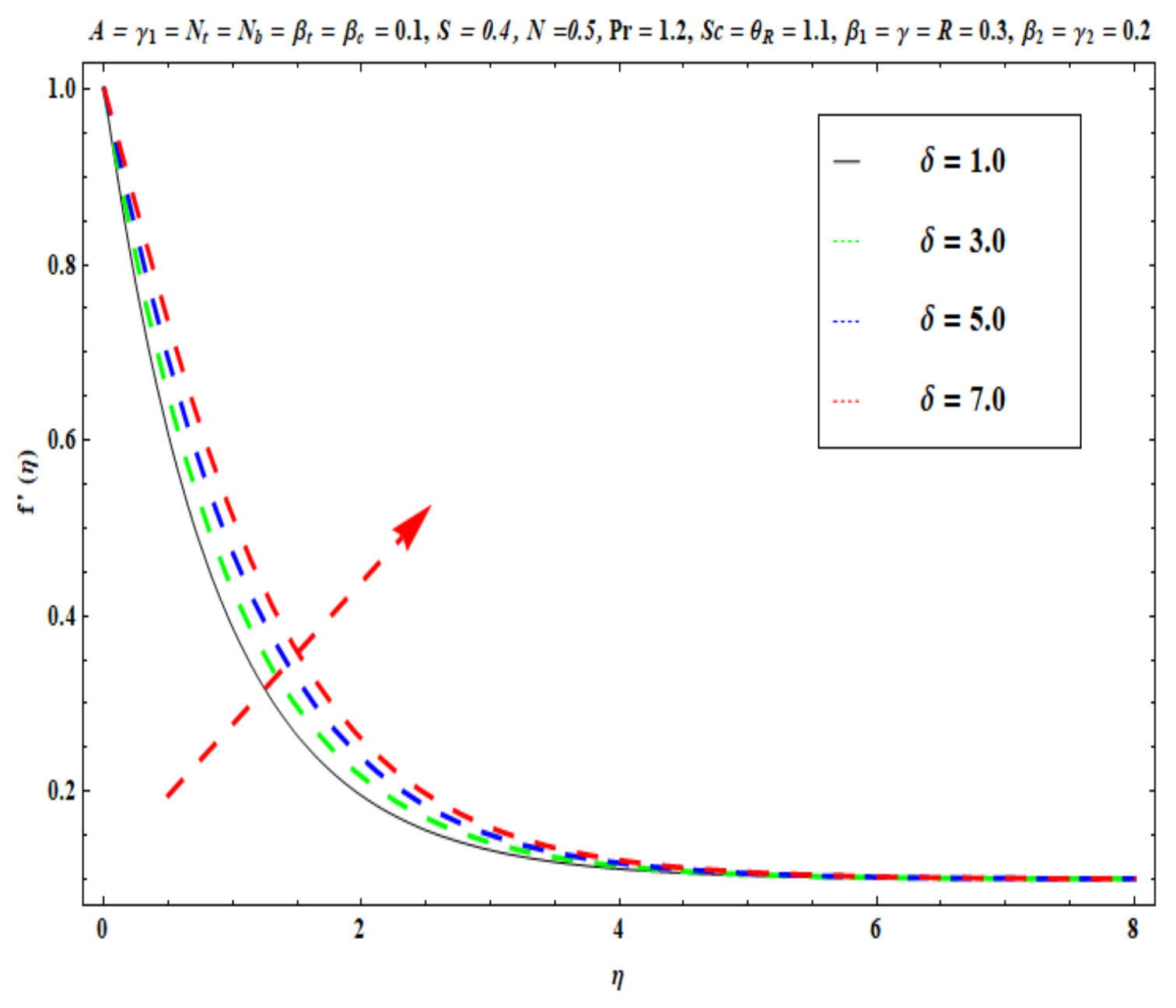
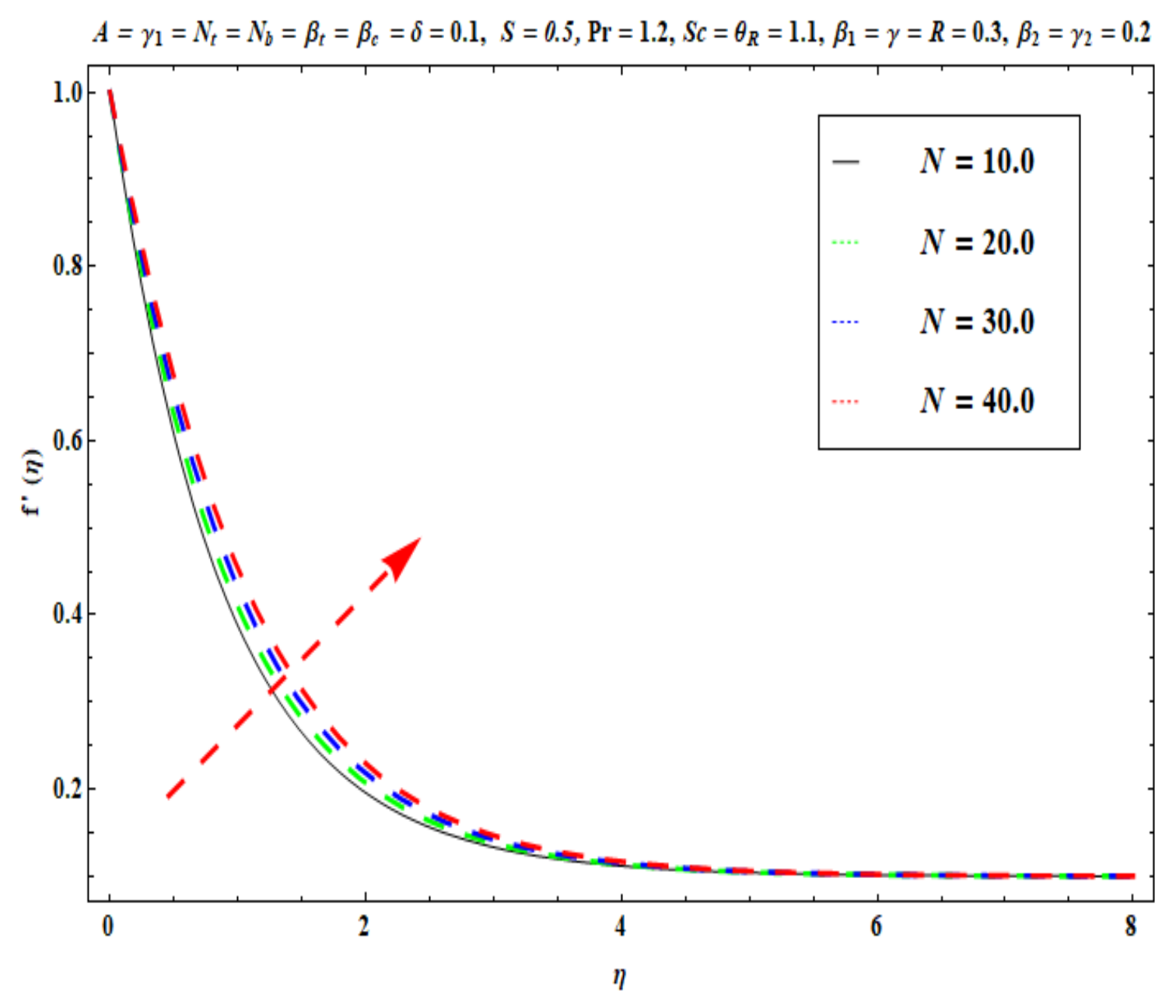
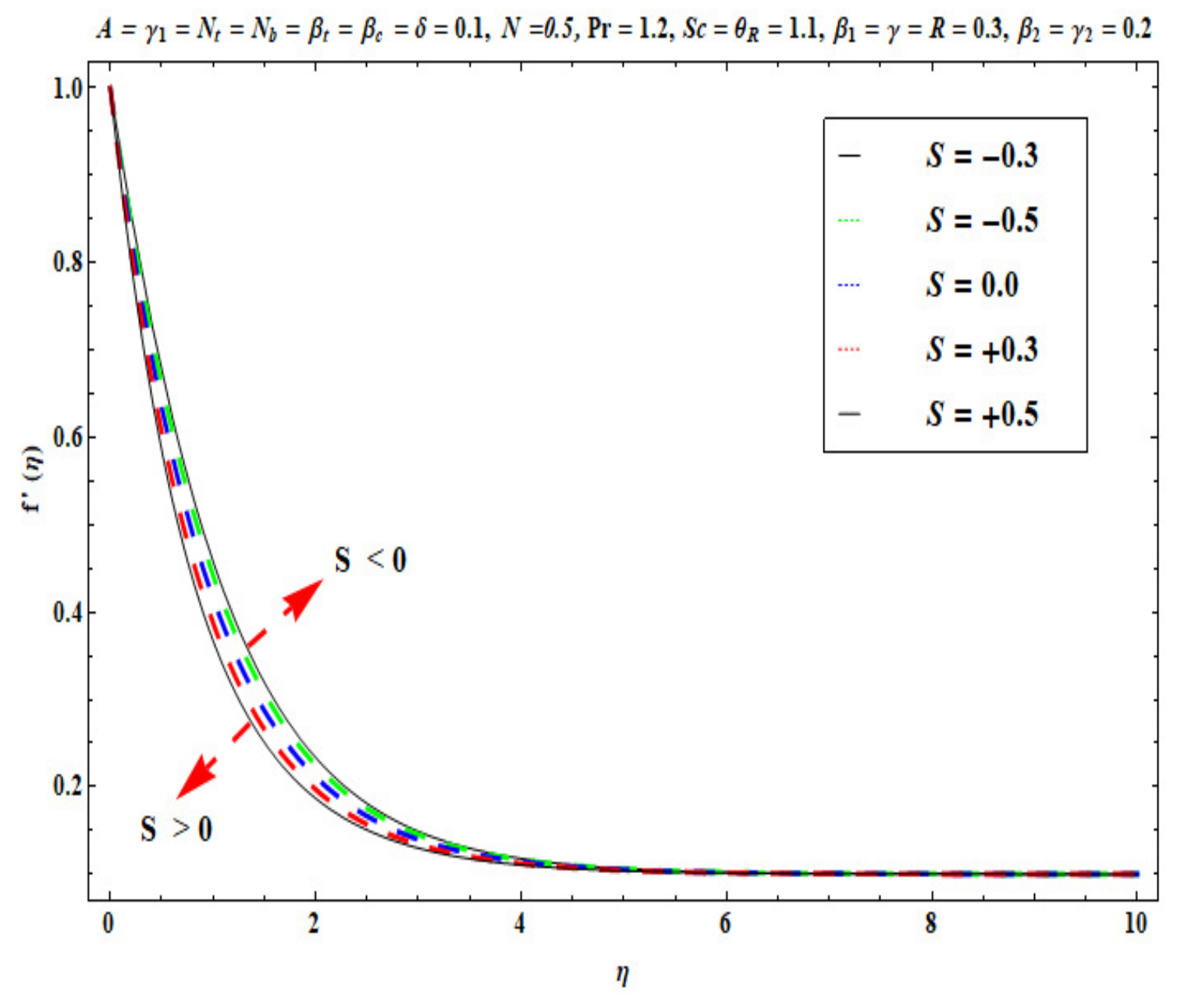
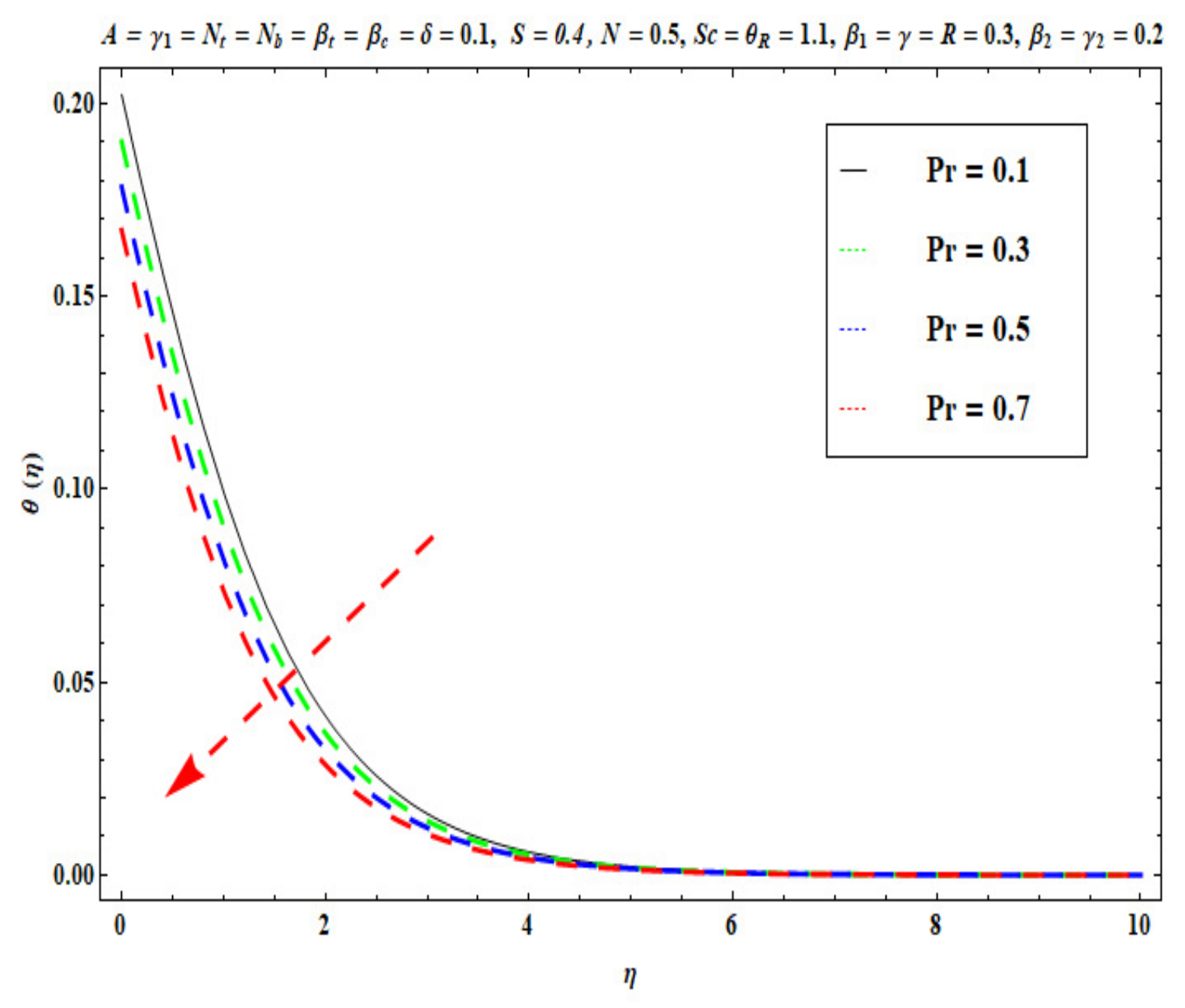
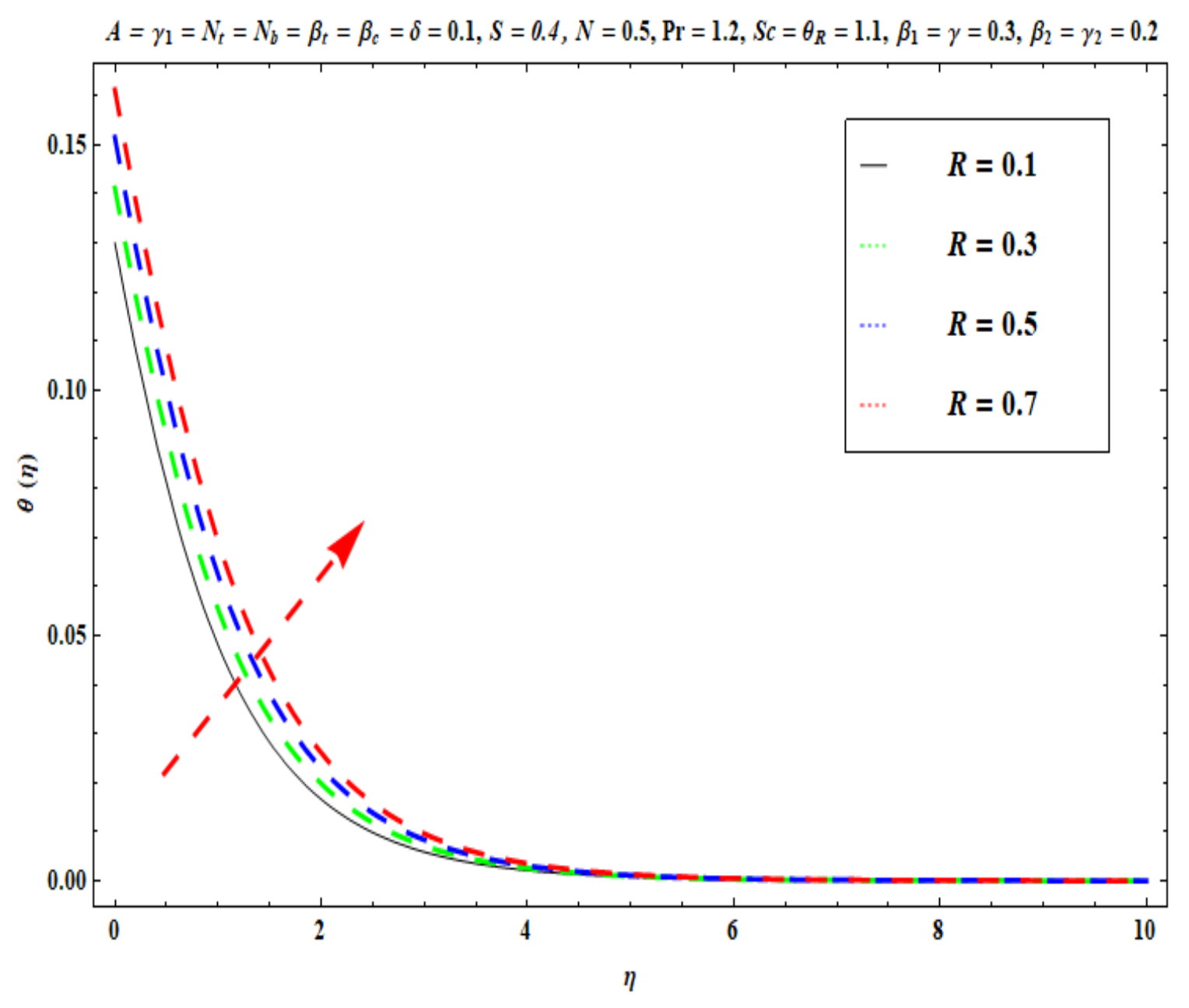
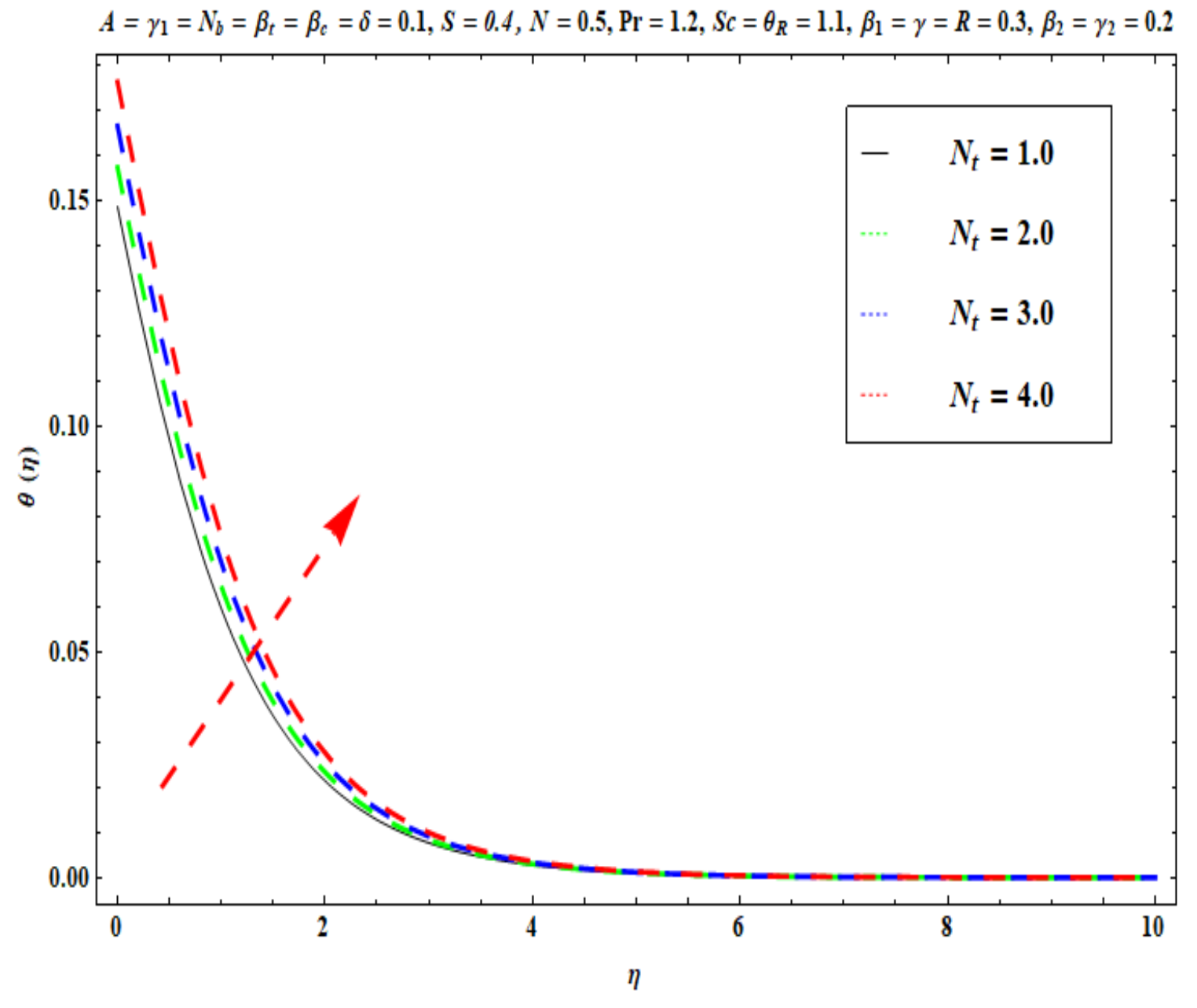
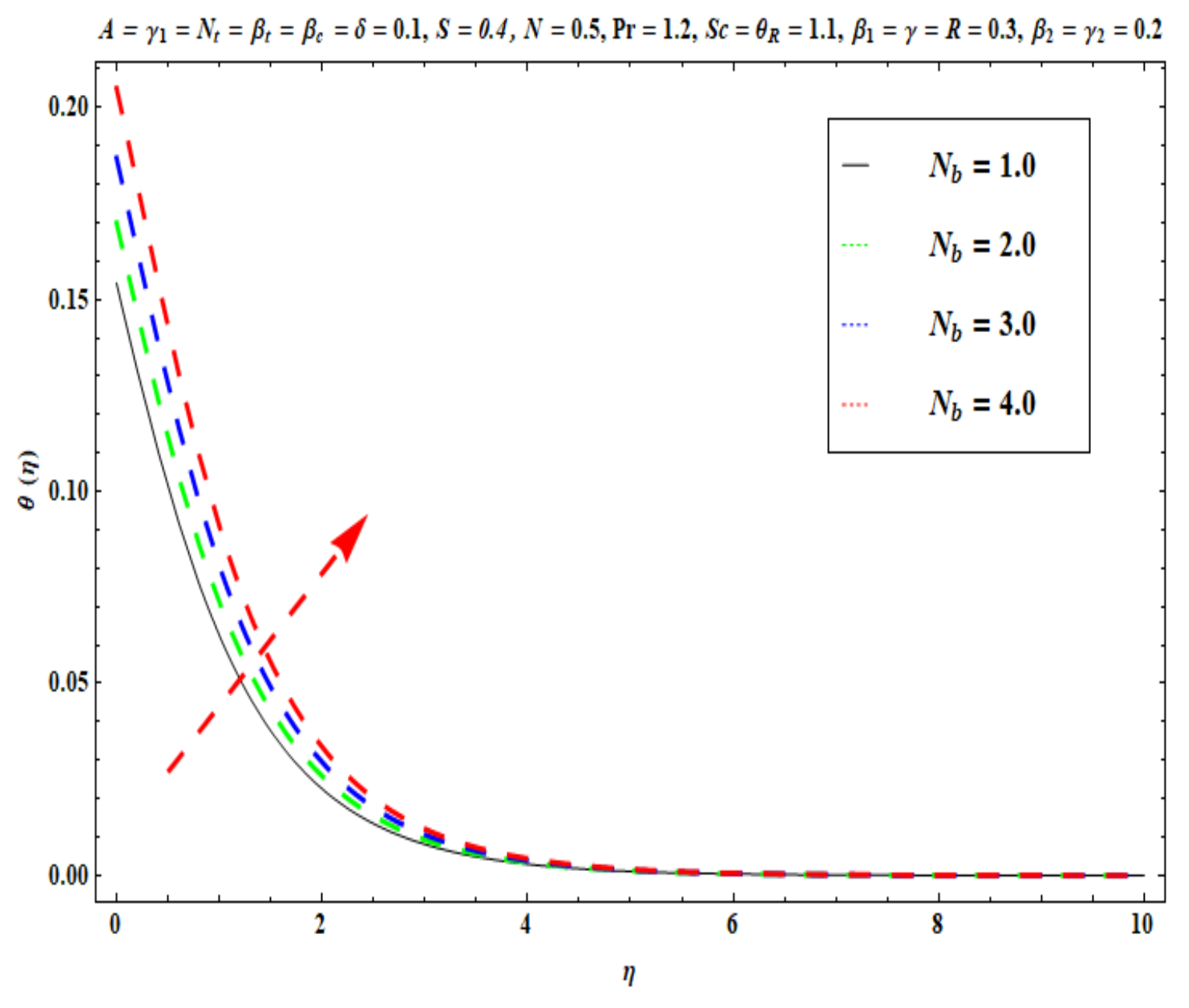
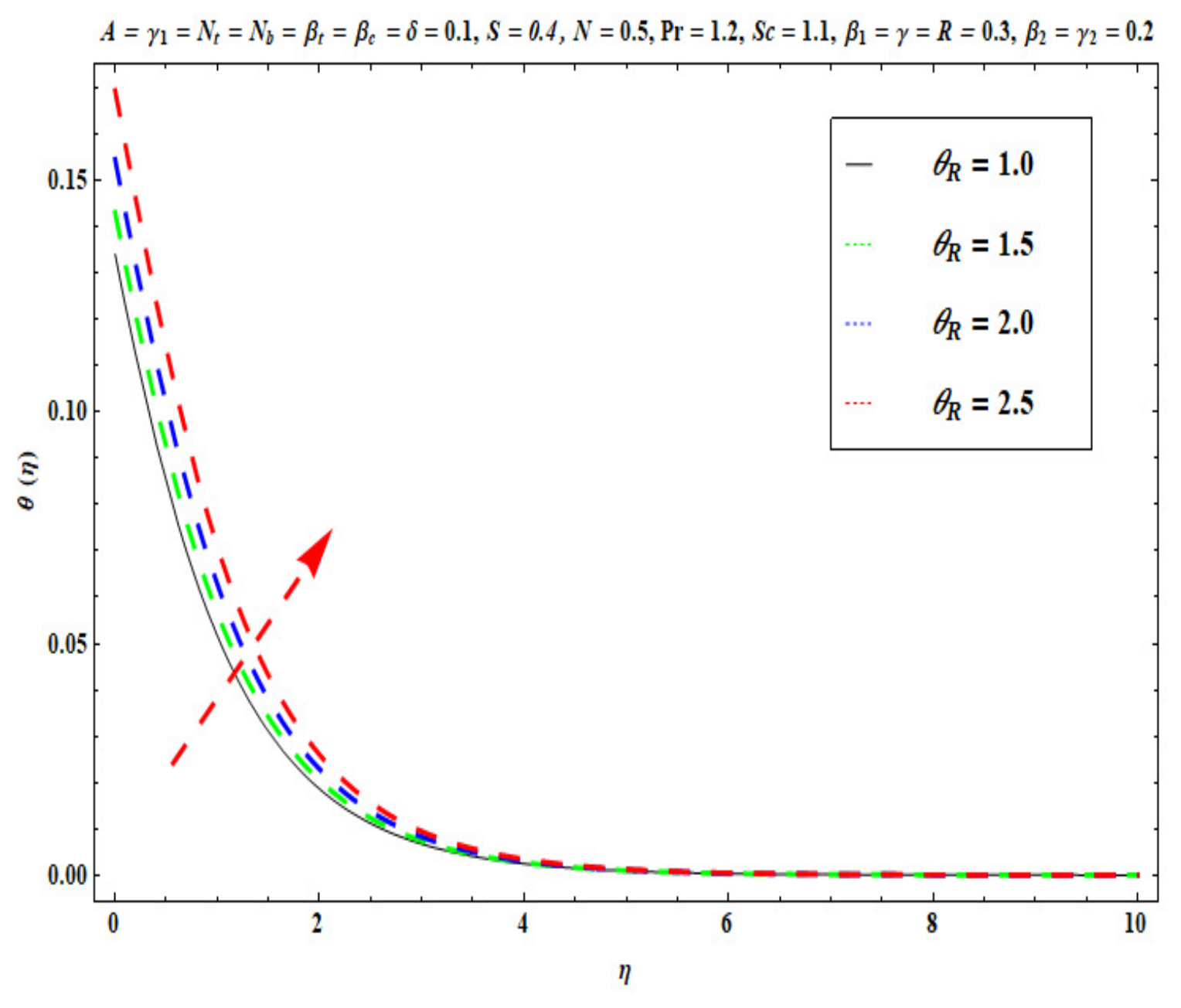
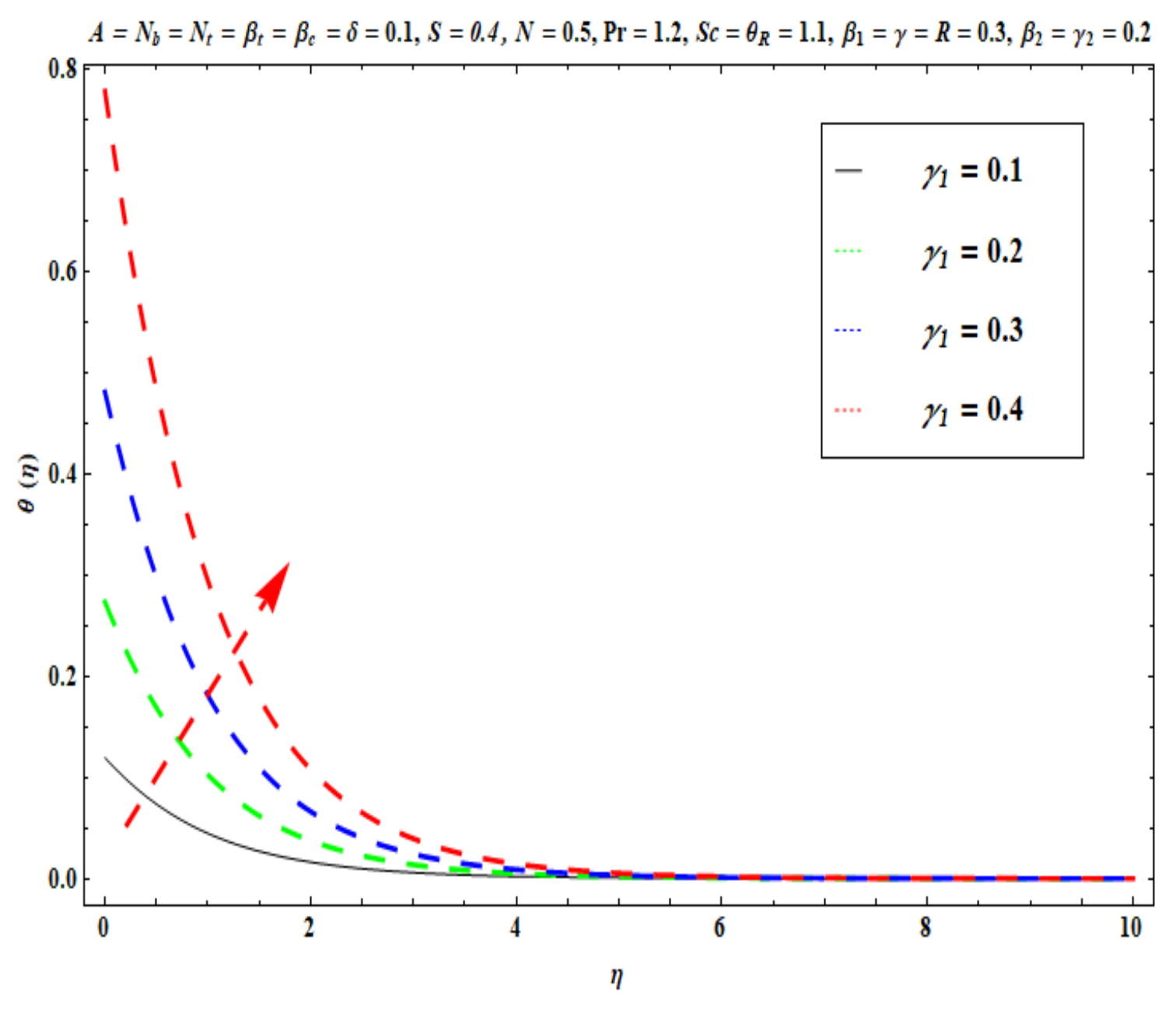
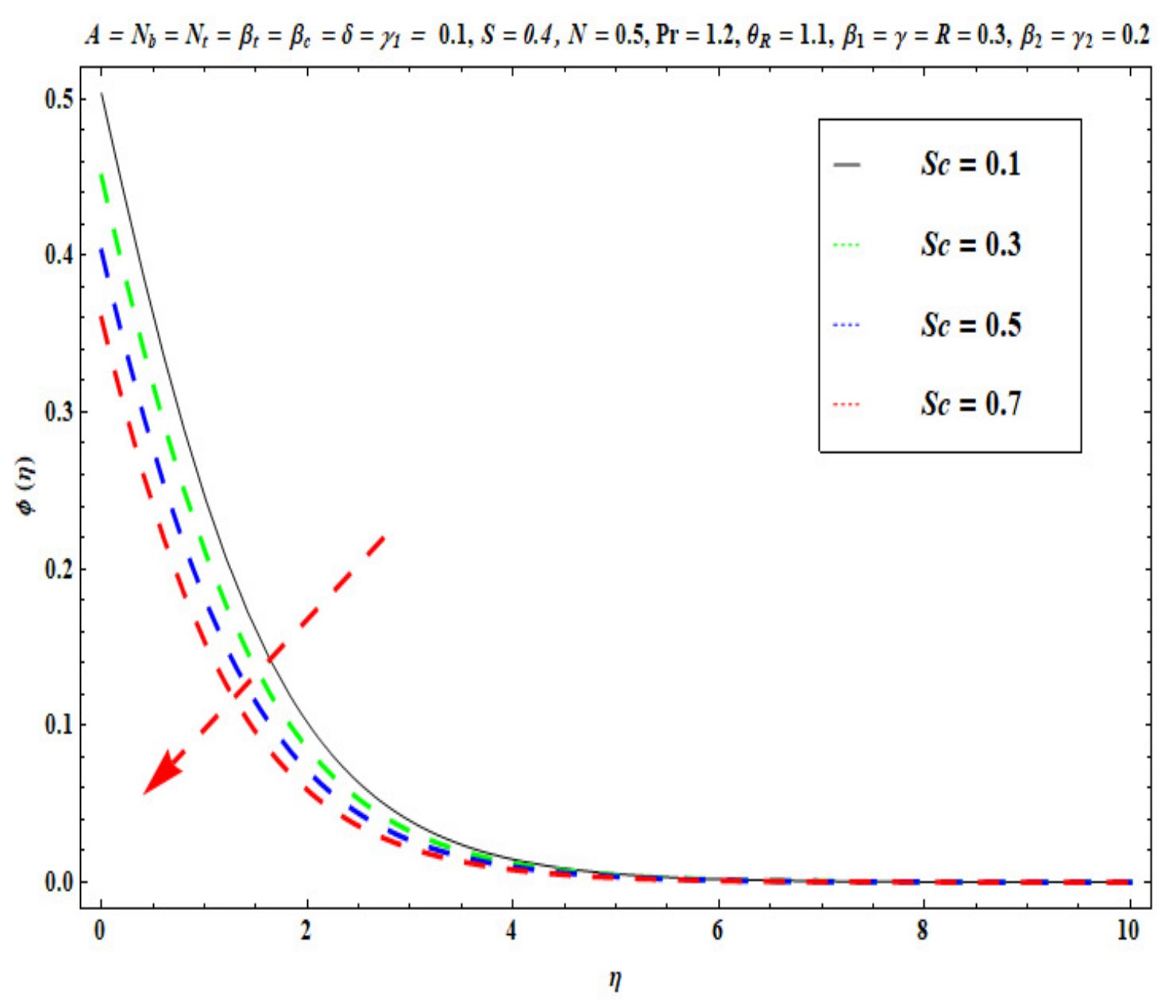
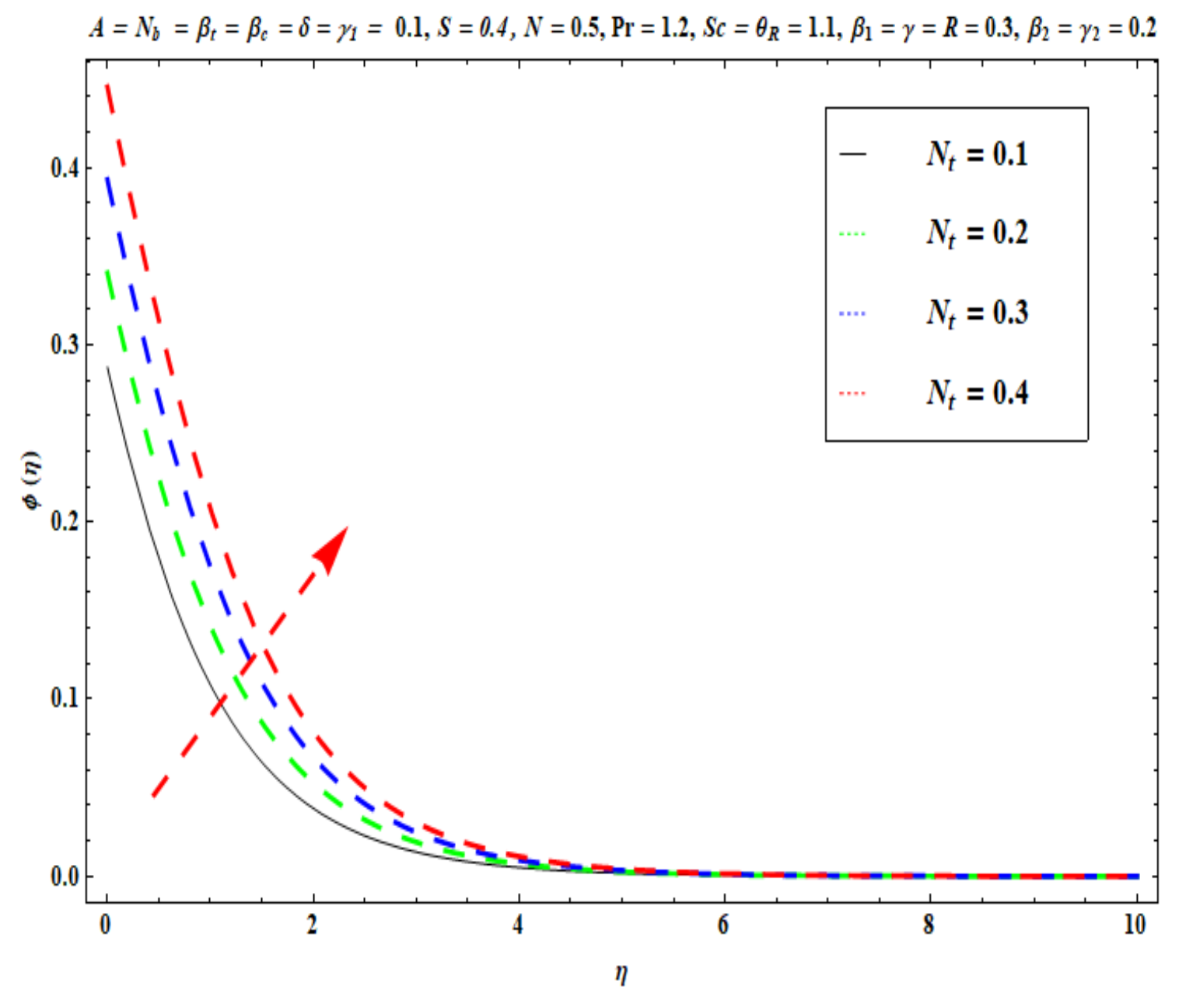

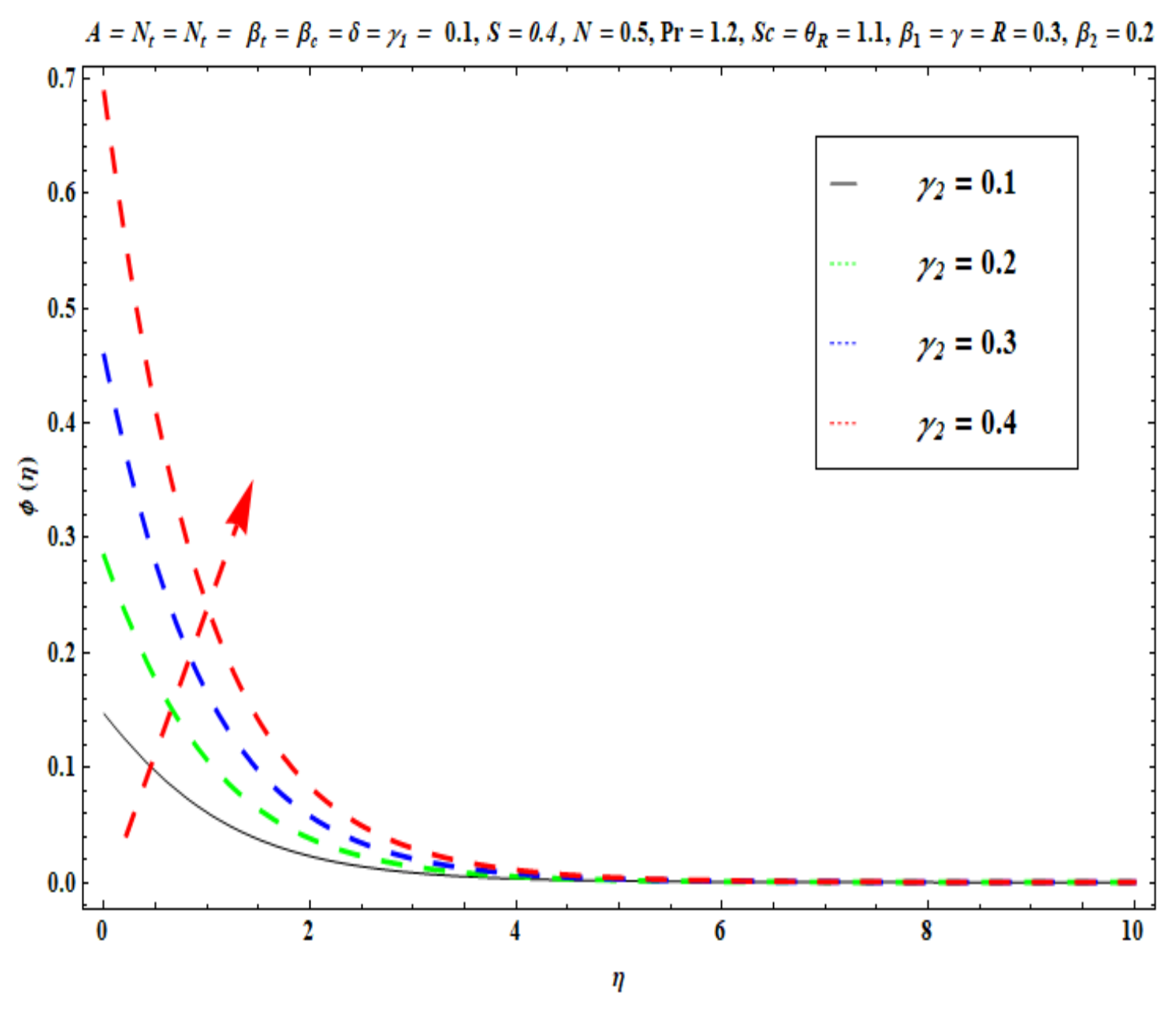
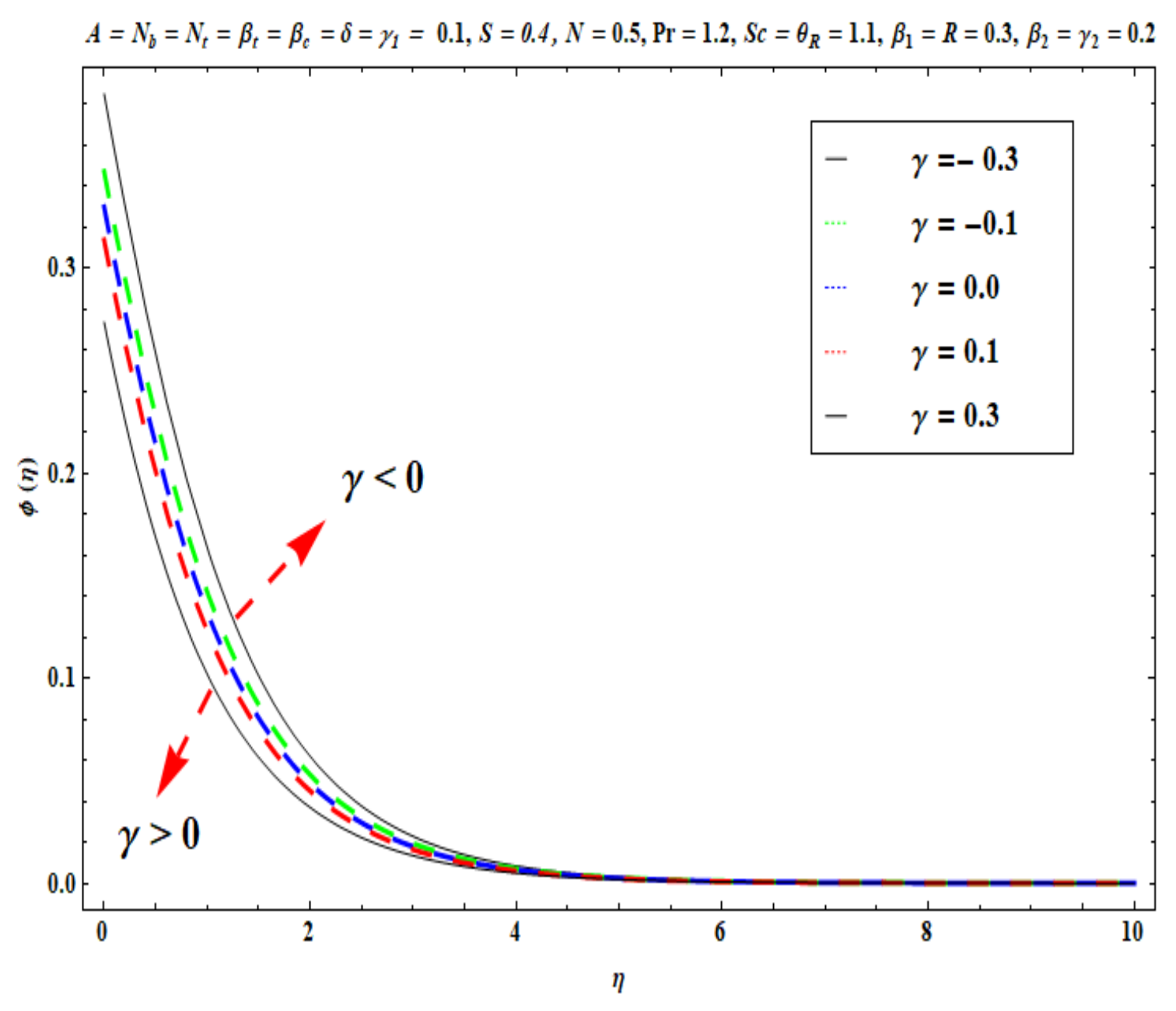
| Order of Approximations | |||
|---|---|---|---|
| 1 | 1.0659 | 0.08967 | 0.1630 |
| 5 | 1.1889 | 0.08879 | 0.1625 |
| 10 | 1.2078 | 0.08868 | 0.1622 |
| 15 | 1.2136 | 0.08866 | 0.1621 |
| 20 | 1.2164 | 0.08867 | 0.1620 |
| 25 | 1.2187 | 0.08867 | 0.1620 |
| 30 | 1.2187 | 0.08867 | 0.1620 |
| 35 | 1.2187 | 0.08867 | 0.1620 |
| Ref. [31] | Ref. [32] | Present Study | |
|---|---|---|---|
| 0.0 | −1.000000 | −1.000000 | −1.000000 |
| 0.2 | −1.051889 | −1.051838 | −1.051901 |
| 0.4 | −1.1019032 | −1.101842 | −1.101841 |
| 0.6 | −1.1501373 | −1.150231 | −1.150231 |
| 0.8 | −1.1967113 | −1.197532 | −1.196711 |
| 1.2 | −1.2853632 | −1.285317 | −1.285316 |
| Ref. [49] | Ref. [50] | Present Study | |
|---|---|---|---|
| 0.0 | 1.10190 | 1.10193 | 1.10193 |
| 0.2 | 1.00498 | 1.00493 | 1.00493 |
| 0.4 | 0.92986 | 0.92975 | 0.92975 |
| 0.6 | 0.86942 | 0.86654 | 0.86654 |
| 0.8 | 0.81943 | 0.81932 | 0.81932 |
| 1.0 | 0.77718 | 0.77681 | 0.77681 |
| 0.1 | 0.1 | 1.1 | 0.3 | 0.1 | 0.1 | 0.1360 | 0.1623 |
| 0.2 | 0.1359 | 0.1621 | |||||
| 0.3 | 0.1358 | 0.1619 | |||||
| 0.1 | 0.2 | 0.1361 | 0.1624 | ||||
| 0.3 | 0.1362 | 0.1625 | |||||
| 0.4 | 0.1363 | 0.1626 | |||||
| 0.1 | 1.2 | 0.1499 | 0.1624 | ||||
| 1.3 | 0.1662 | 0.1625 | |||||
| 1.4 | 0.1852 | 0.1626 | |||||
| 1.1 | 0.4 | 0.1360 | 0.1642 | ||||
| 0.5 | 0.1361 | 0.1659 | |||||
| 0.6 | 0.1362 | 0.1674 | |||||
| 0.3 | 0.2 | 0.1359 | 0.1546 | ||||
| 0.3 | 0.1358 | 0.1469 | |||||
| 0.4 | 0.1357 | 0.1422 | |||||
| 0.1 | 0.2 | 0.1359 | 0.1564 | ||||
| 0.3 | 0.1358 | 0.1453 | |||||
| 0.4 | 0.1357 | 0.1413 |
Publisher’s Note: MDPI stays neutral with regard to jurisdictional claims in published maps and institutional affiliations. |
© 2022 by the authors. Licensee MDPI, Basel, Switzerland. This article is an open access article distributed under the terms and conditions of the Creative Commons Attribution (CC BY) license (https://creativecommons.org/licenses/by/4.0/).
Share and Cite
Nasir, M.; Waqas, M.; Bég, O.A.; Ameen, H.F.M.; Zamri, N.; Guedri, K.; Eldin, S.M. Analysis of Nonlinear Convection–Radiation in Chemically Reactive Oldroyd-B Nanoliquid Configured by a Stretching Surface with Robin Conditions: Applications in Nano-Coating Manufacturing. Micromachines 2022, 13, 2196. https://doi.org/10.3390/mi13122196
Nasir M, Waqas M, Bég OA, Ameen HFM, Zamri N, Guedri K, Eldin SM. Analysis of Nonlinear Convection–Radiation in Chemically Reactive Oldroyd-B Nanoliquid Configured by a Stretching Surface with Robin Conditions: Applications in Nano-Coating Manufacturing. Micromachines. 2022; 13(12):2196. https://doi.org/10.3390/mi13122196
Chicago/Turabian StyleNasir, Muhammad, Muhammad Waqas, O. Anwar Bég, Hawzhen Fateh M. Ameen, Nurnadiah Zamri, Kamel Guedri, and Sayed M Eldin. 2022. "Analysis of Nonlinear Convection–Radiation in Chemically Reactive Oldroyd-B Nanoliquid Configured by a Stretching Surface with Robin Conditions: Applications in Nano-Coating Manufacturing" Micromachines 13, no. 12: 2196. https://doi.org/10.3390/mi13122196
APA StyleNasir, M., Waqas, M., Bég, O. A., Ameen, H. F. M., Zamri, N., Guedri, K., & Eldin, S. M. (2022). Analysis of Nonlinear Convection–Radiation in Chemically Reactive Oldroyd-B Nanoliquid Configured by a Stretching Surface with Robin Conditions: Applications in Nano-Coating Manufacturing. Micromachines, 13(12), 2196. https://doi.org/10.3390/mi13122196







